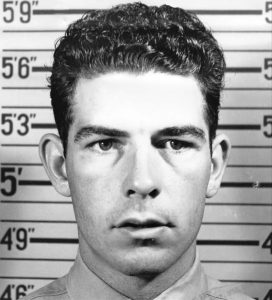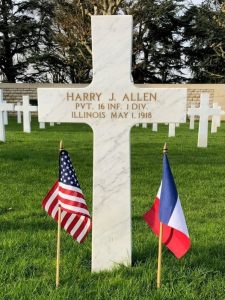
Raymond John Tuhey, age 24, from Lombard, Illinois, DuPage county.
Parents: Loretta L. Tuhey
Service era: World War II
Date of death: Tuesday, November 23, 1943
Death details: On April 20, 2020, the Defense POW/MIA Accounting Agency (DPAA) identified the remains of Corporal Raymond John Tuhey, missing from World War II. Corporal Tuhey, who entered the U.S. Marine Corps from Illinois and was a member of Company D, 1st Battalion, 6th Marine Regiment, 2nd Marine Division, which took part in the Battle of Tarawa. On November 23, 1943, Cpl Tuhey was killed in action on Tarawa and was buried in Row D at the Gilbert Islands Cemetery, also known as Cemetery 33, but after the war his remains could not be identified among those disinterred from Betio. In 2019, History Flight Inc. located a burial trench west of Cemetery 33. Remains recovered from the burial trench were turned over to DPAA and accessioned for laboratory analysis, and based on the historical details of Cpl Tuhey’s loss, as well as the identification of the burial trench as Row D, Cpl Tuhey was associated with one of the sets of remains.
Source: National Archives, Defense POW/MIA Accounting Agency

 Date of death: Wednesday, May 1, 1918
Date of death: Wednesday, May 1, 1918